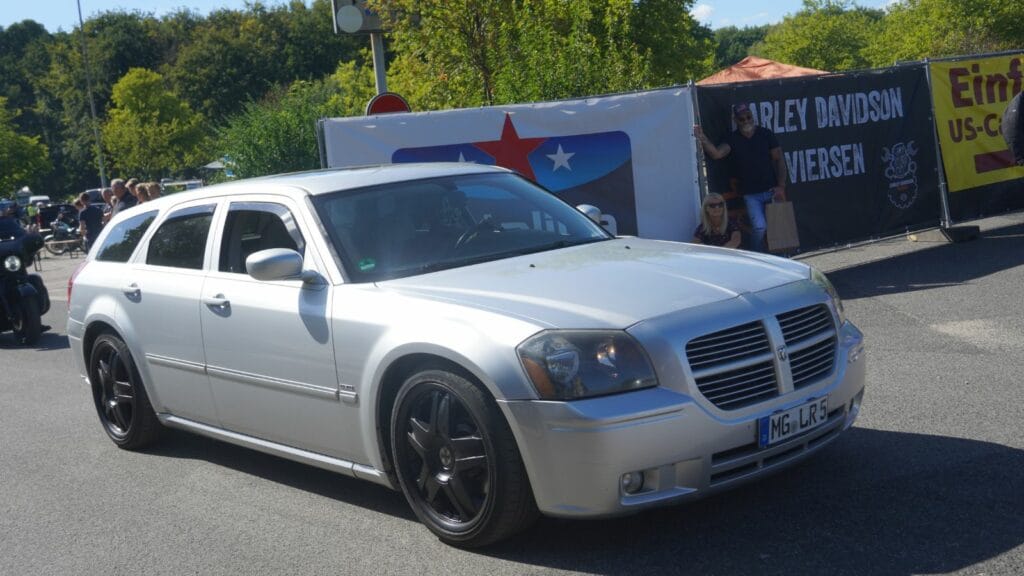Canadian mechanics have seen it all: From rust buckets limping into the shop during January blizzards to mysterious engine lights that blink Morse code-style warnings. If there’s anyone qualified to tell you what cars to avoid, it’s these guys. Here are 19 vehicles that Canadian mechanics unanimously agree should be avoided, such as potholes in Montreal.
Chrysler Sebring (1995–2010)
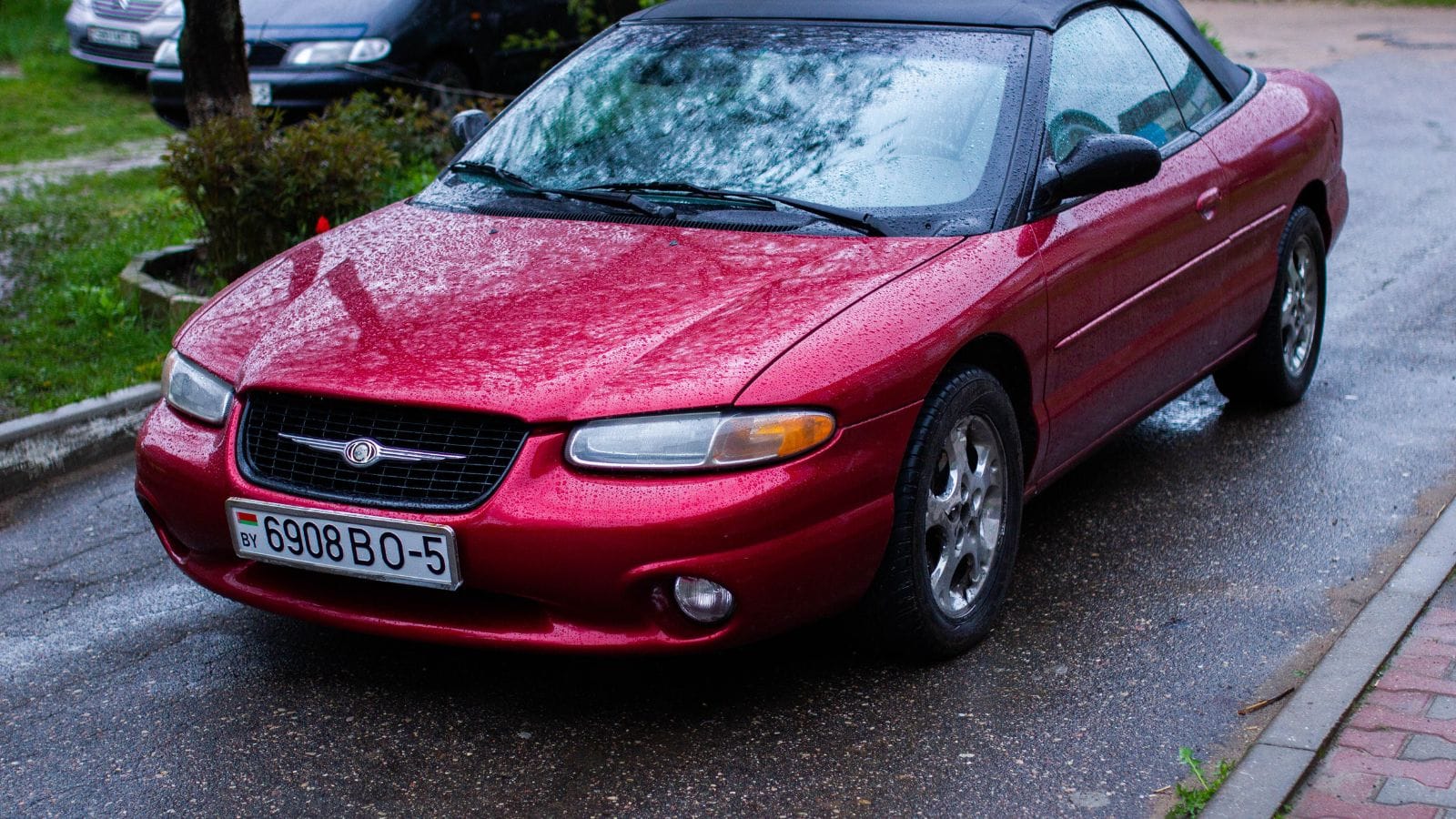
Known for its dodgy electrical system, poor reliability ratings, and transmissions that give up like a hockey team down 5 goals, the Sebring is often found more in repair shops than on the road. Mechanics also loathed the limited engine bay access, especially in the convertible versions, making basic repairs feel like a Cirque du Soleil audition. Canadian winters only amplified its woes: poor rust resistance, feeble heating, and suspect electronics. It wasn’t just that Sebrings broke down; they did it in ways that made mechanics mutter, “Not worth fixing.”
Dodge Journey (2009–2020)
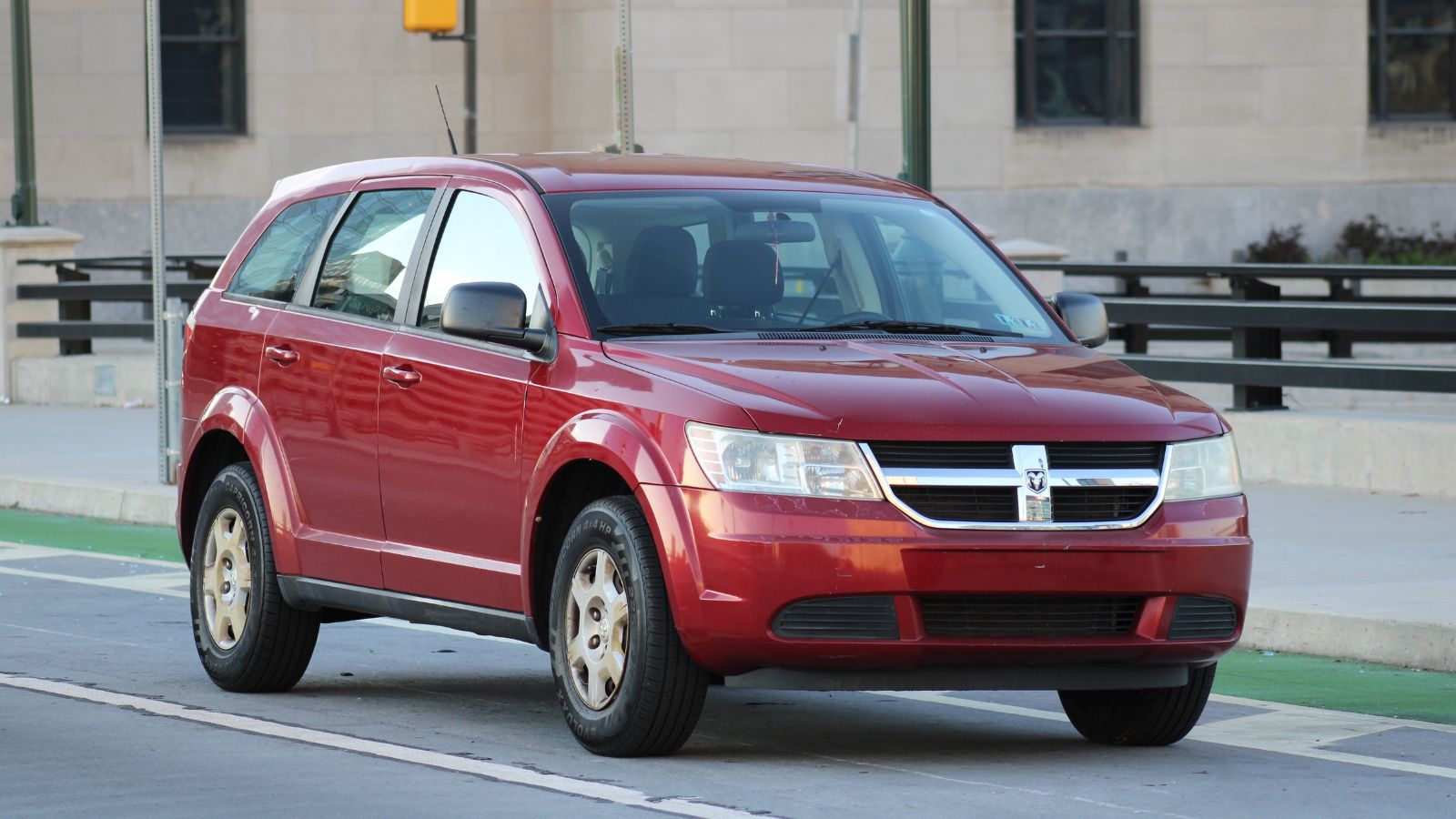
The Dodge Journey was meant to be a versatile family SUV. While it looked practical on the outside—seven seats, family-friendly size—it was mechanically a ticking time bomb. The 2.4L 4-cylinder was underpowered and strained under the vehicle’s weight, while the 3.6L V6 often suffered from oil leaks and premature timing chain wear. Transmission failures were disturbingly common, especially with the 6-speed automatic. Plus, dash lights, infotainment bugs, and random sensor failures were par for the course.
Jeep Compass (2007–2017)

Early Compass models were plagued by CVT transmission problems, poor build quality, and enough plastic in the interior to make a Lego set jealous. Consumer Reports and J.D. Power routinely ranked it below average in reliability. Rust issues plagued many models, especially in salt-heavy Canadian winters. Add in poor crash-test scores from the IIHS for early models, and it’s a safety concern, too. The Compass was very heavy on the wallet and was mechanically underwhelming, underpowered (with a wheezy 2.0L or 2.4L engine), and full of cheap interior plastics.
Chevrolet Aveo (2004–2011)
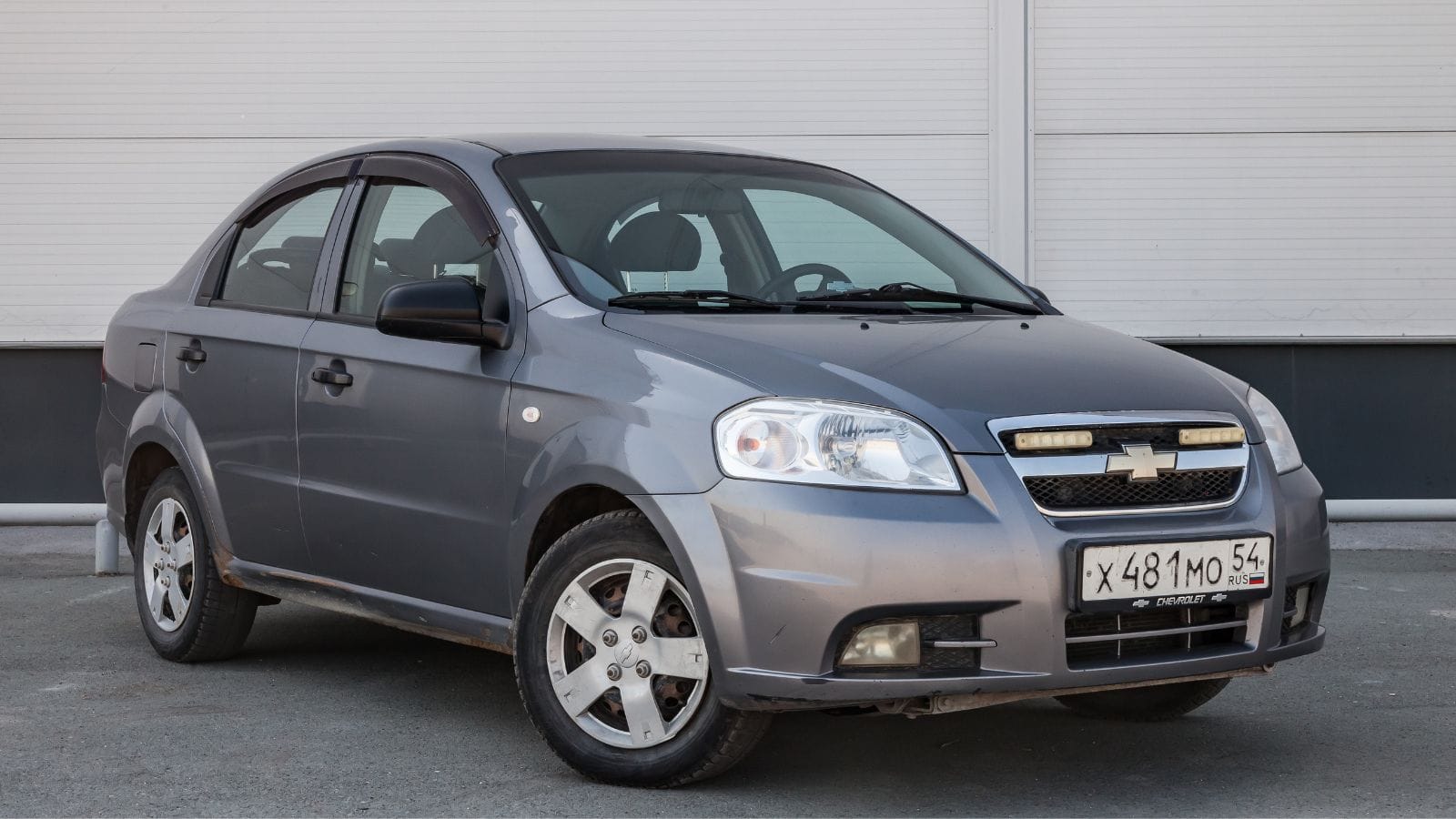
Ask a Canadian mechanic about the Chevrolet Aveo, and you might get a visible shudder. Manufactured during GM’s budget-era partnership with Daewoo, the Aveo was marketed as affordable but at a serious cost to safety and reliability. Its crash test ratings were underwhelming: the IIHS gave it a “Poor” rating for side-impact protection, even with side airbags. The structure was described as “intrusive”. Plus, mechanically, Aveos were plagued with issues: failing timing belts that could destroy engines, weak automatic transmissions, and front suspension parts that wore out prematurely.
Fiat 500 (2012–2019)
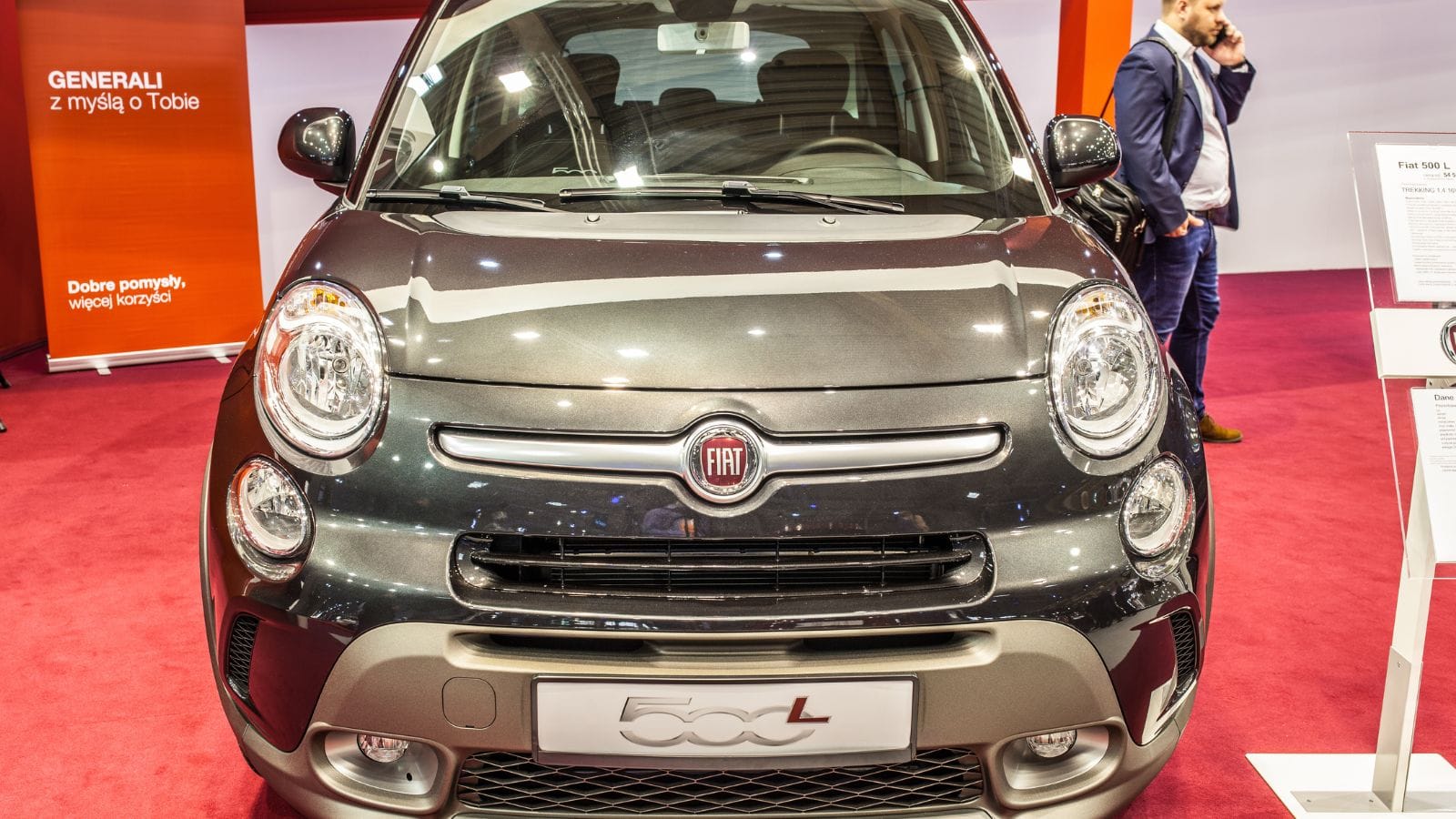
While undeniably cute and city-sized, this Italian import earned a reputation for reliability issues that could make any wrench-wielding parent wince. According to Consumer Reports and J.D. Power, the Fiat 500 consistently scored low in dependability, with problems ranging from faulty electronics and transmission woes to suspension headaches. Add in limited winter handling capabilities (thanks to its narrow tires and low ground clearance), and you’ve got a car that’s less “fun and quirky” and more “frequent tow-truck guest.”
BMW X5 (2000–2013)
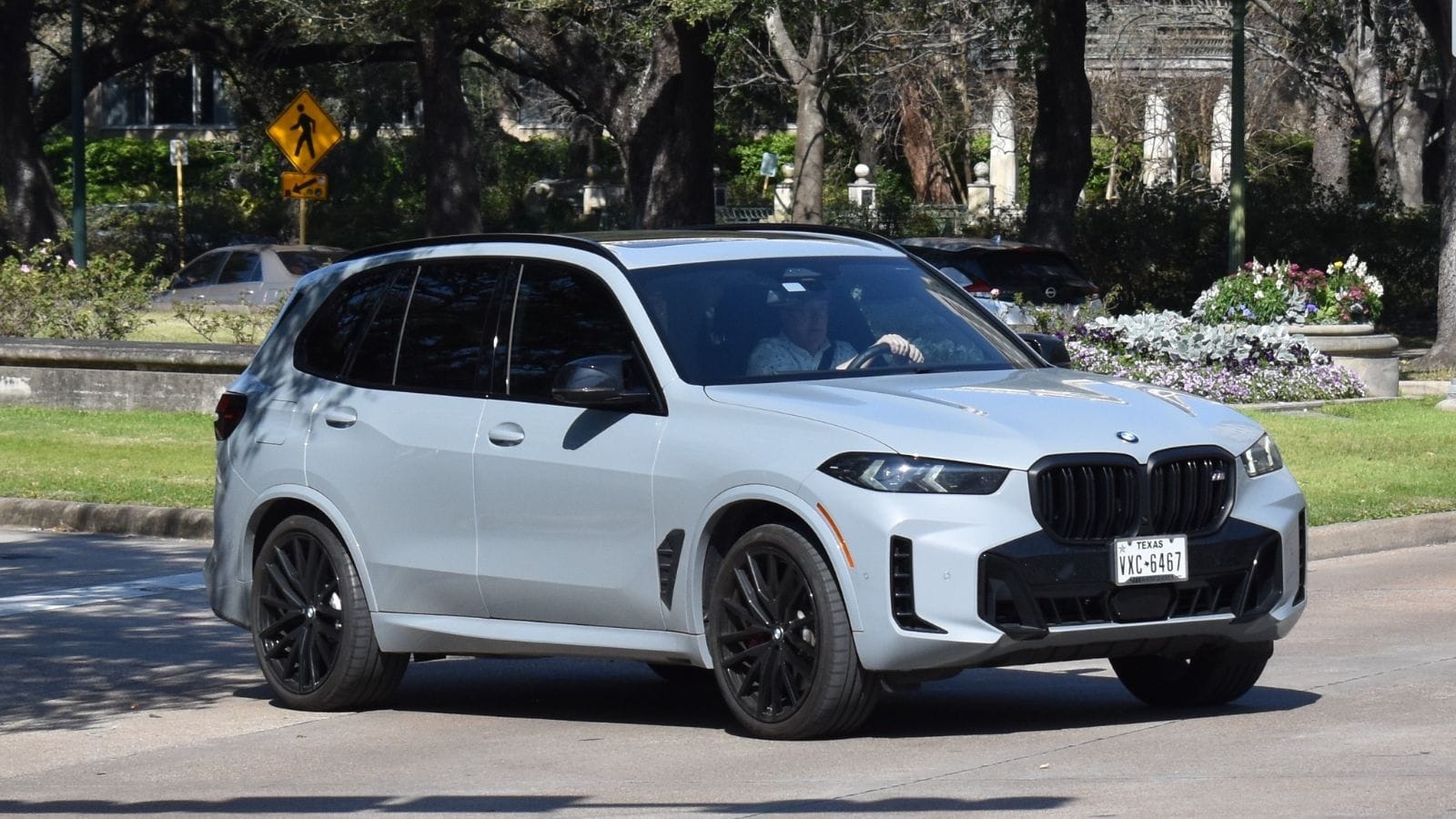
These first- and second-gen X5s are infamous for electrical gremlins, chronic oil leaks (often from the valve cover and oil filter housing gaskets), and fragile cooling systems that throw tantrums in Canadian winters. The E53’s GM-sourced 5-speed automatic and later ZF 6-speed in the E70 were also known for expensive premature failures. Add in air suspension that loves to sag and electronics that go haywire when it snows, and you’ve got a $3,000 SUV with $6,000 repair bills.
Mini Cooper (2002–2013)
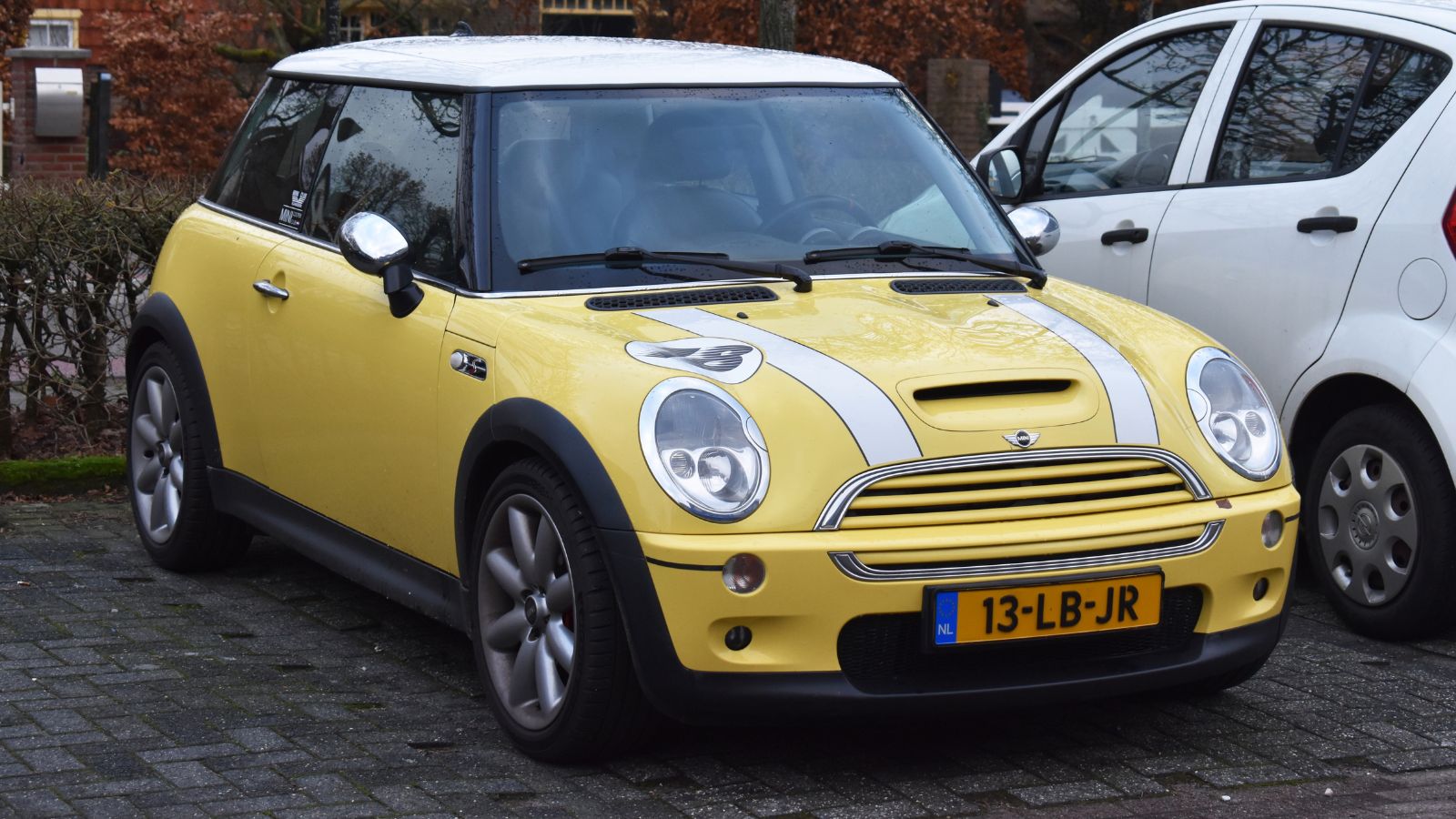
Many Canadian mechanics would let their kids ride a moose sooner than own a 2002–2013 Mini Cooper. Why? These BMW-built Minis are infamous for chronic reliability issues, particularly with the timing chain tensioner in the 1.6L engines (R56 generation), which can fail catastrophically without warning. Repairs often involve removing the entire engine, costing thousands. For a small car, the maintenance costs can rival luxury sedans—hardly ideal for a young driver on a budget.
Dodge Caliber (2007–2012)
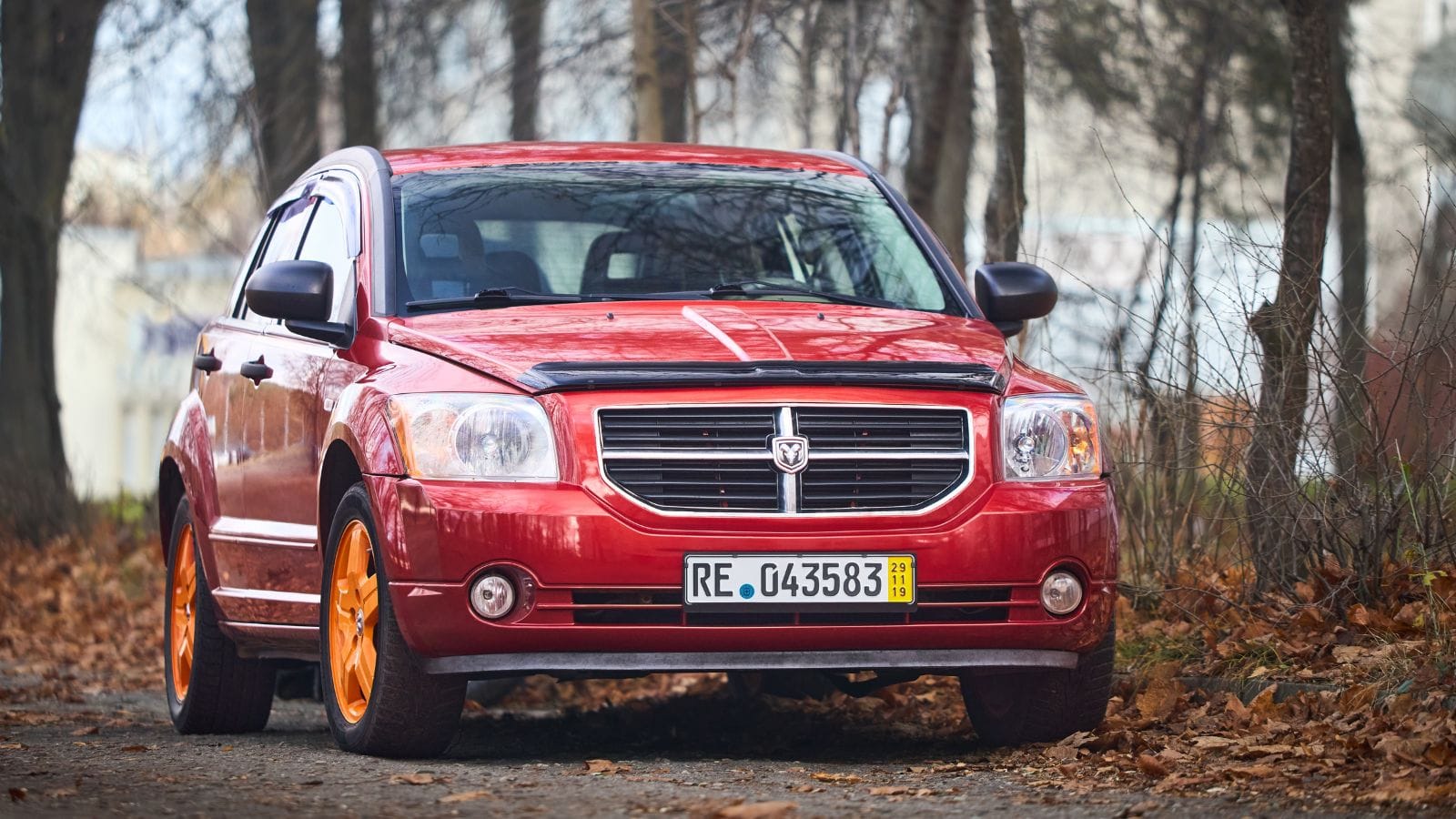
Ask a Canadian mechanic about the Dodge Caliber, and you’ll likely get a sigh followed by a horror story. The CVT, in particular, was a common point of failure, especially in colder Canadian climates, where transmission repairs can run north of $3,000. According to Consumer Reports and J.D. Power, the Caliber consistently scored below average in reliability, with everyday issues in suspension components and electrical systems. Mechanics often describe it as “overpromised and under-engineered.” It also scored poorly regarding safety, with mediocre crash test results from the IIHS.
Nissan Versa (2007–2019)
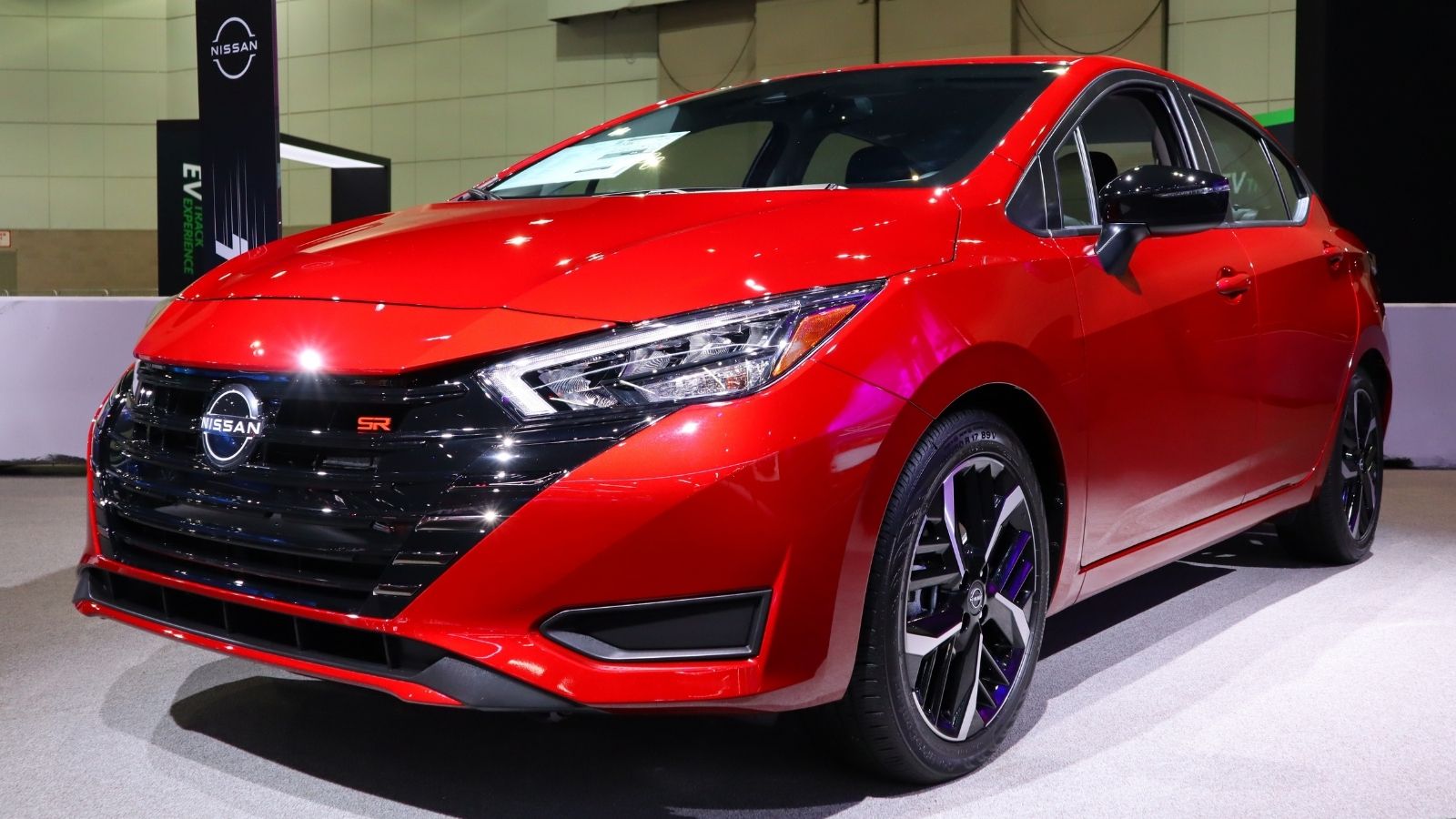
The Versa models are notorious for premature CVT (continuously variable transmission) failures, often requiring costly replacements before hitting 100,000 km, especially in Canadian winters where cold exacerbates CVT issues. The interior build quality was also subpar, with cheap plastics and failing electronics. And, despite its low entry cost, the Versa often becomes a money pit, with repairs outweighing the vehicle’s worth.
Land Rover Freelander (2002–2005)
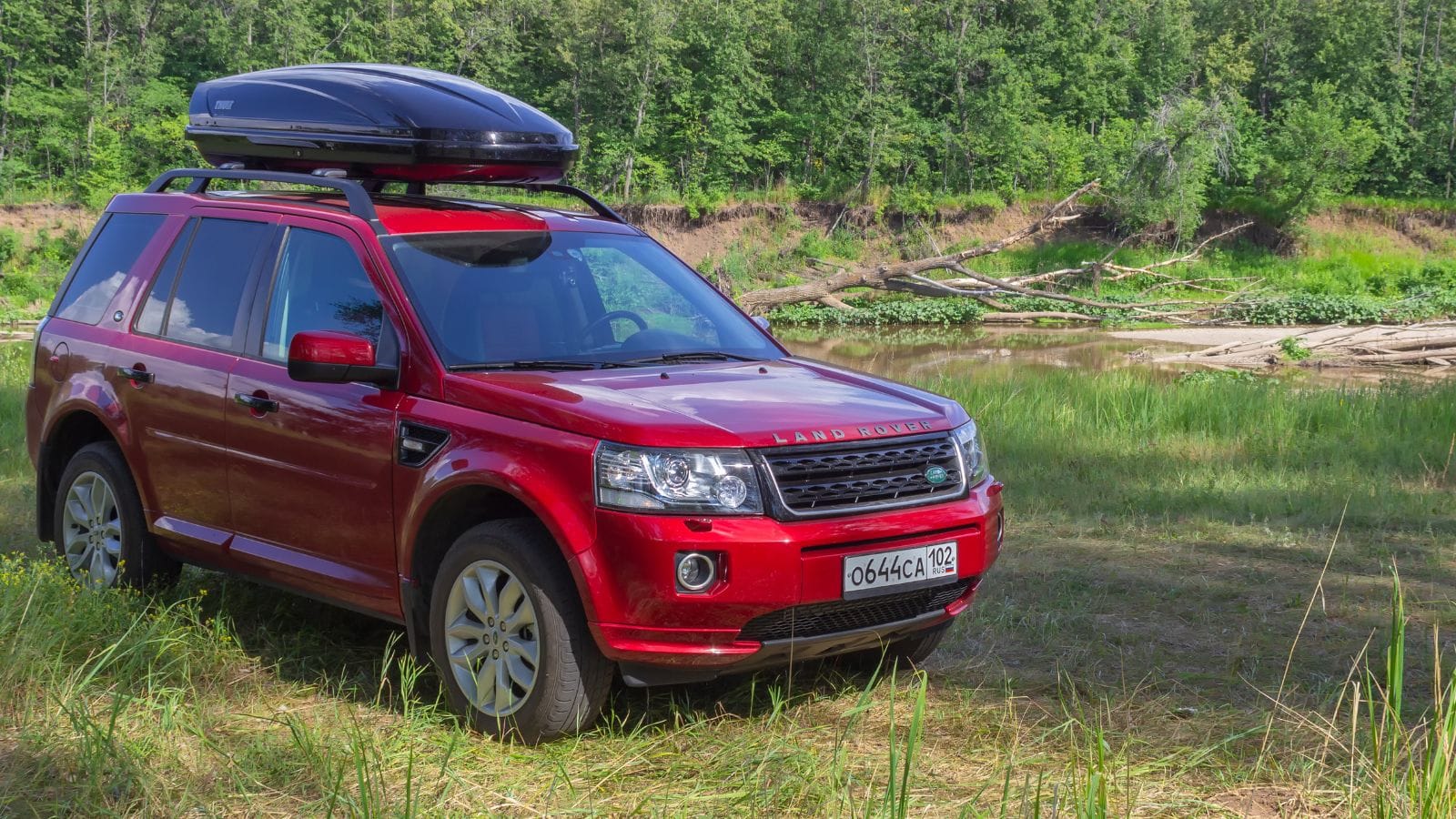
The Freelander earned its reputation as a mechanic’s retirement plan: Constant transmission issues, timing belt nightmares, and AWD systems that quit like a moose after too many Tim Hortons donuts. Reliability ratings? Somewhere between a flip phone and a chocolate teapot. Despite its rugged image, this SUV was more drama than drive. Charming looks, sure — but under the hood? It’s a British soap opera with a leaky radiator.
Smart Fortwo (2005–2018)
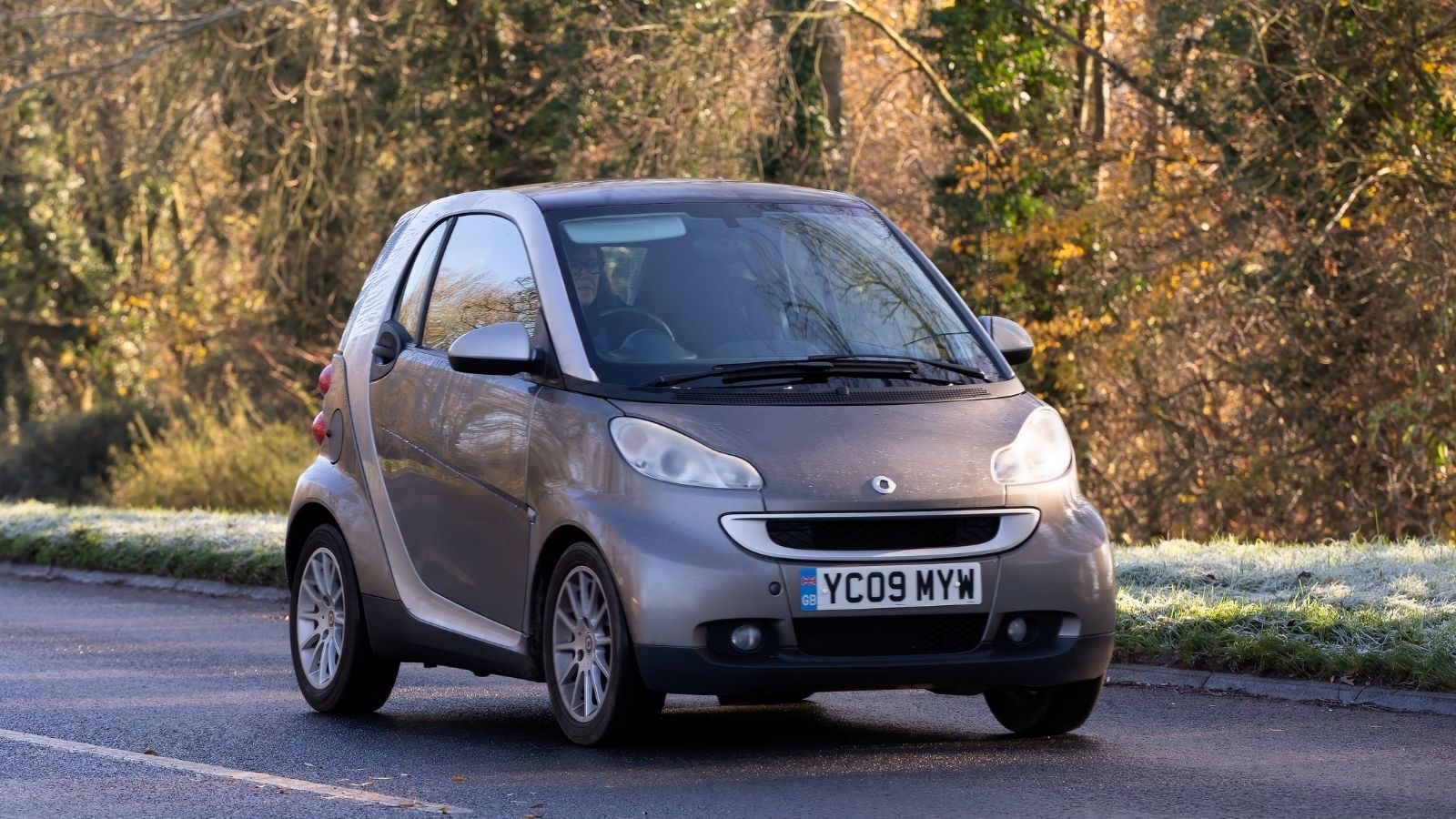
Tiny footprint? Sure. Terrible transmission? Absolutely. With a 3-cylinder engine and an unreliable transmission, the Fortwo didn’t win hearts—or repair bills. Rear-wheel drive and a wheelbase shorter than a hockey stick don’t inspire confidence on icy roads. And crash safety? Let’s say the IIHS gave it a “meh.” While it’s fine for parallel parking in Toronto or sipping fuel at 5.1 L/100km, Canadian parents want their kids in something that doesn’t crumple like a Timbit under pressure.
Kia Rio (2001–2011)
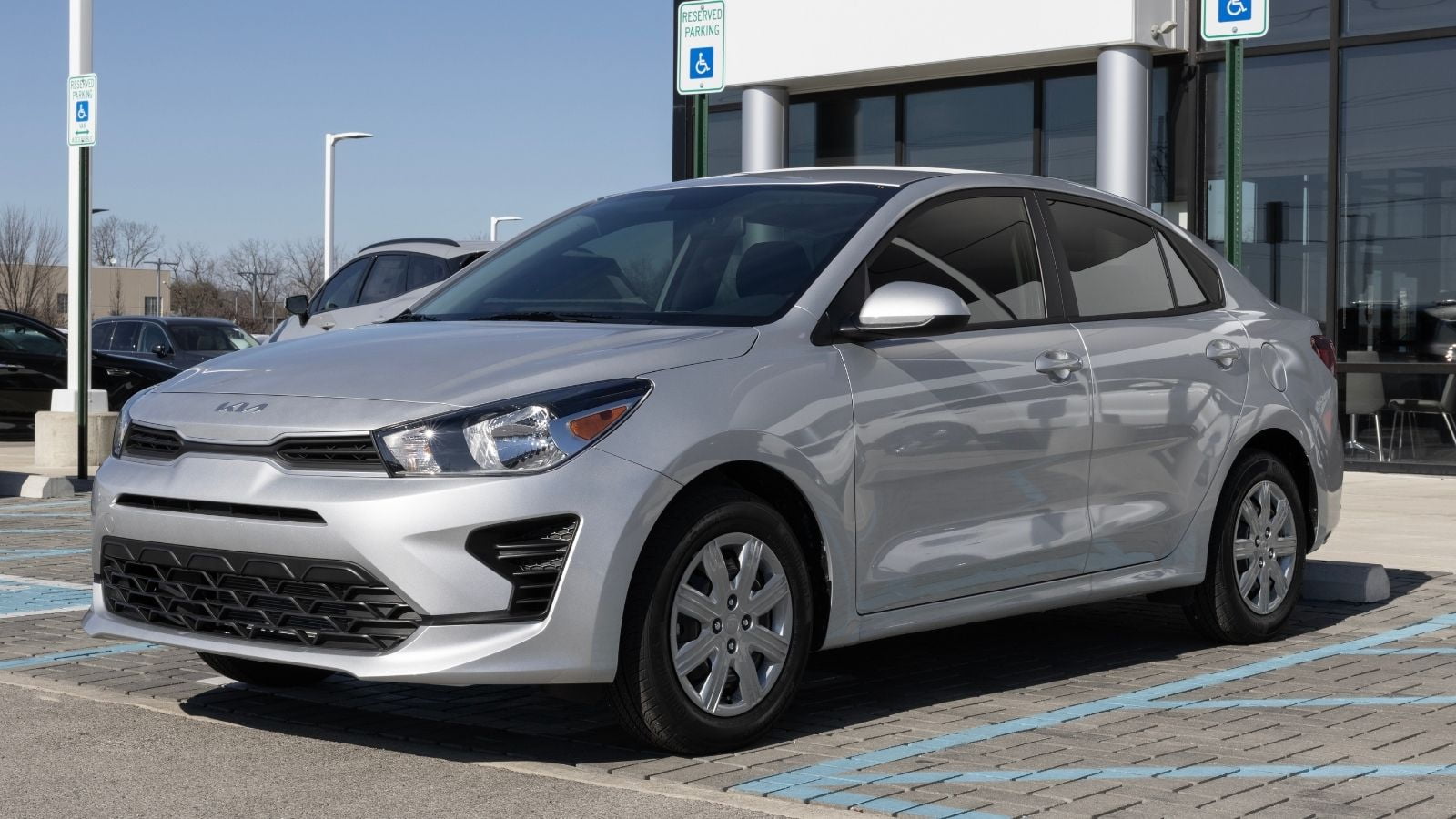
If Canadian mechanics had a “Do Not Drive” list for their kids, the 2001–2011 Kia Rio would be scribbled in red ink and underlined thrice. Often called the “disposable razor” of subcompacts, this Rio was cheap—like “skip the airbags and hope for the best” cheap. Early models (especially 2001–2005) were plagued with transmission failures, rusty rocker panels, and an engine so fragile it made Jenga towers look stable. Mechanics remember their engines dying young and their interiors aging prematurely.
Pontiac G6 (2005–2010)
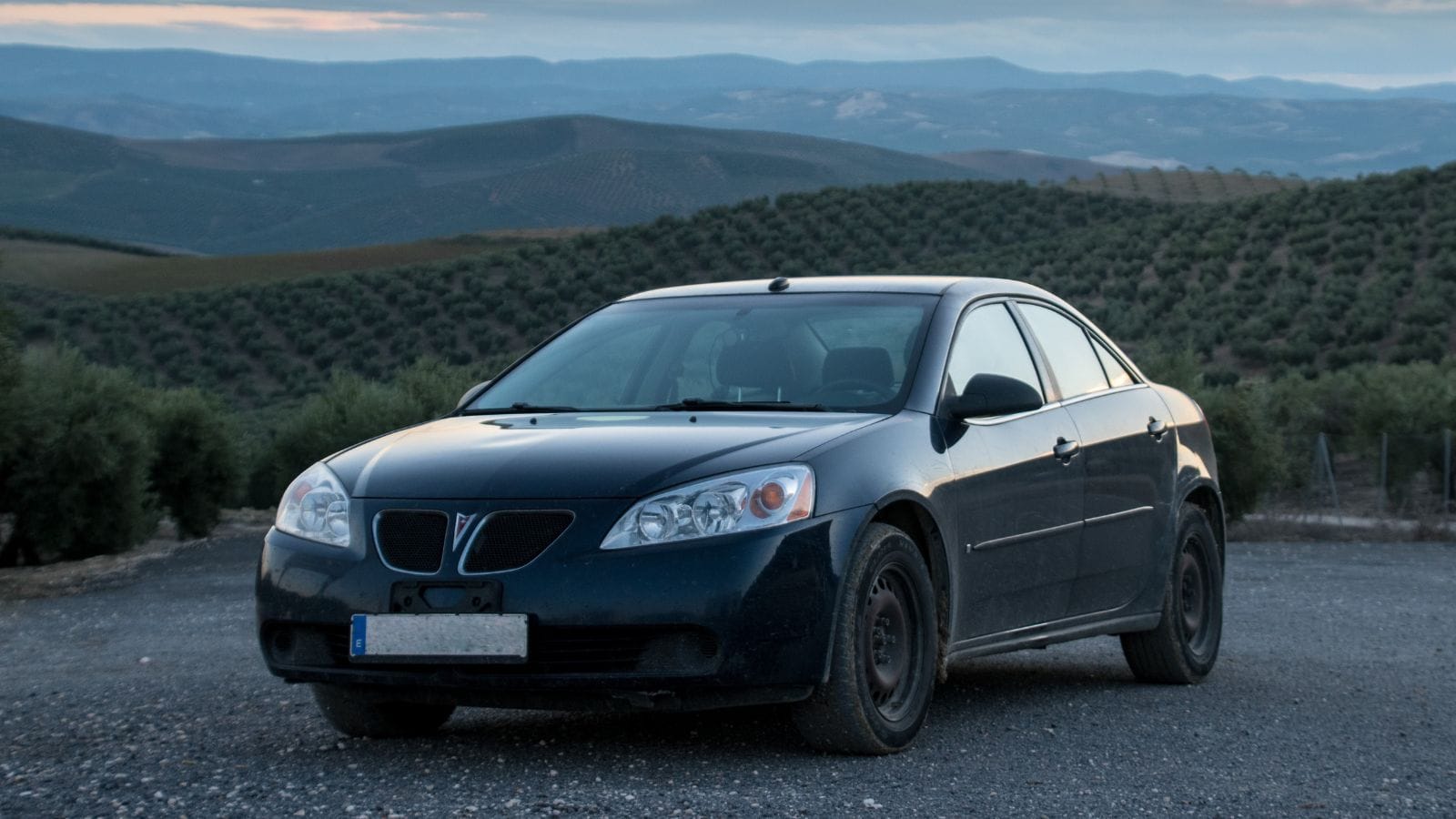
Built on the GM Epsilon platform, the G6 promised European flair but delivered North American despair. The 3.5L V6 engine wasn’t bad until you tried to replace the thermostat and found it buried somewhere near the Earth’s core. Worse yet? The resale value ages like milk in a sauna. Canadian mechanics? They’d let their kids drive a snowblower to school before tossing them the keys to a G6.
Ford Focus (2012–2016)
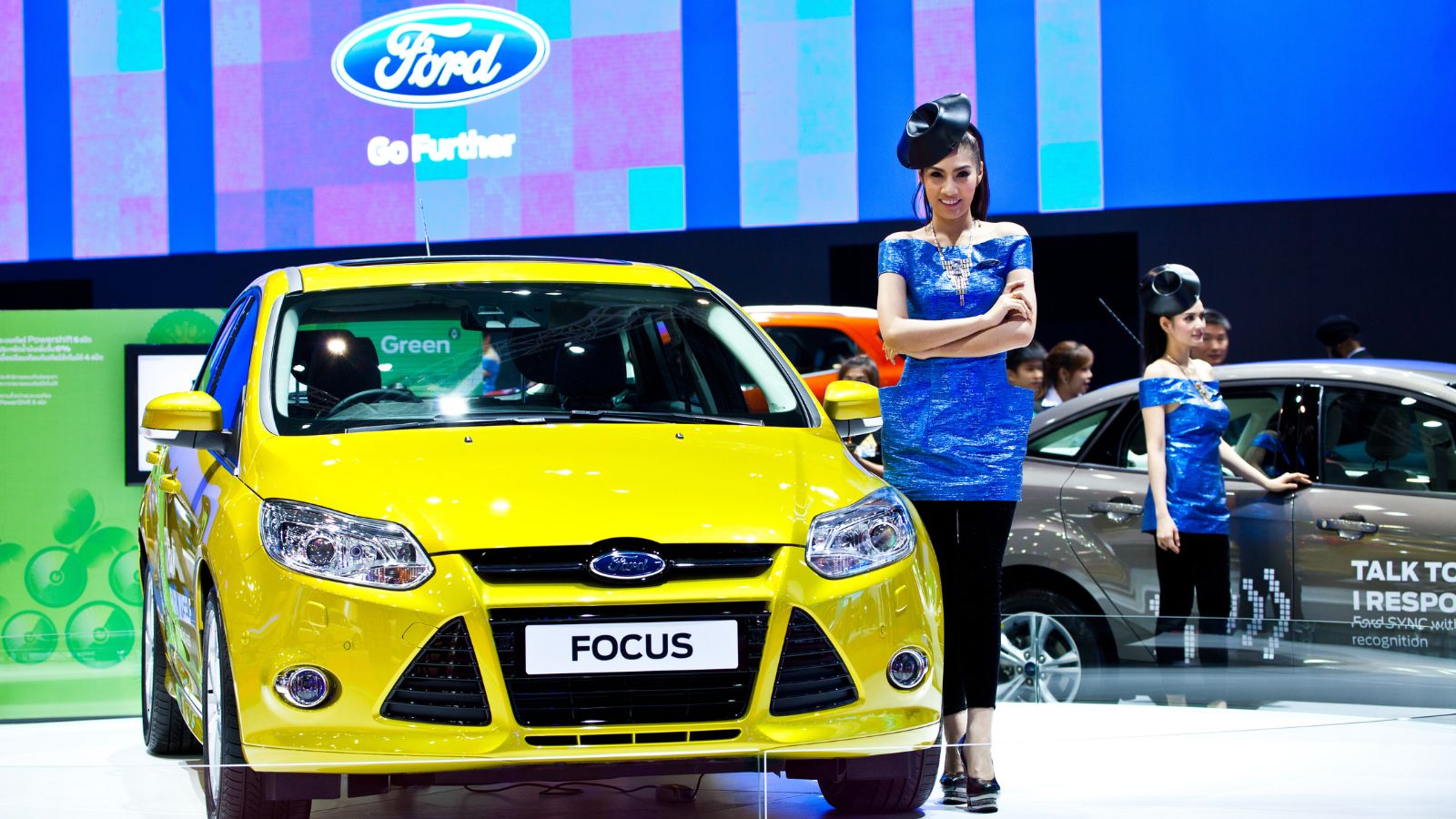
The dual-clutch automatic transmission in these years was so bad that it led to class-action lawsuits. Mechanics from Moose Jaw to Moncton still wince at recalls for jerky shifting, stalling, and sudden loss of power. The Canadian climate didn’t help either—those transmissions were as cranky in winter as your uncle without his Timmies. Add cheap interior finishes and chronic electrical gremlins, and you have a car that says “Focus,” but delivers chaos.
Suzuki SX4 (2007–2013)
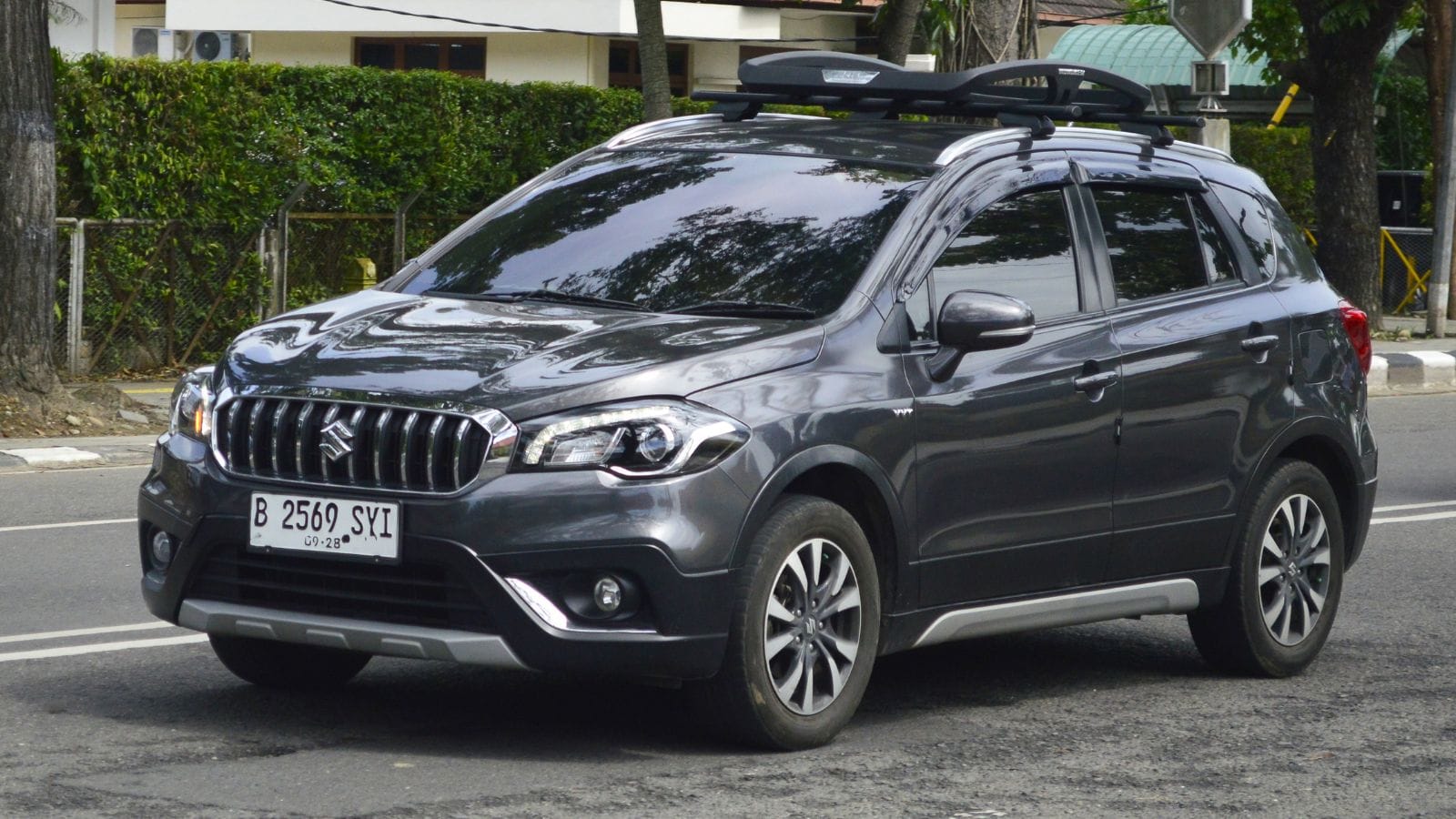
Sure, it had AWD (rare for the price), but that blessing came wrapped in a curse: transmission trouble, rust-prone bodies, and electronics that ghosted like a bad Tinder date. The CVT? A wheezing rubber band. The suspension? It was designed by someone who hated potholes and your wallet. Reliability surveys from Consumer Reports also consistently gave it a side-eye, and parts availability in Canada was tough. Even its 2.0L engine, though peppy, was offset by poor fuel economy for the class.
Mazda CX-7 (2006–2012)
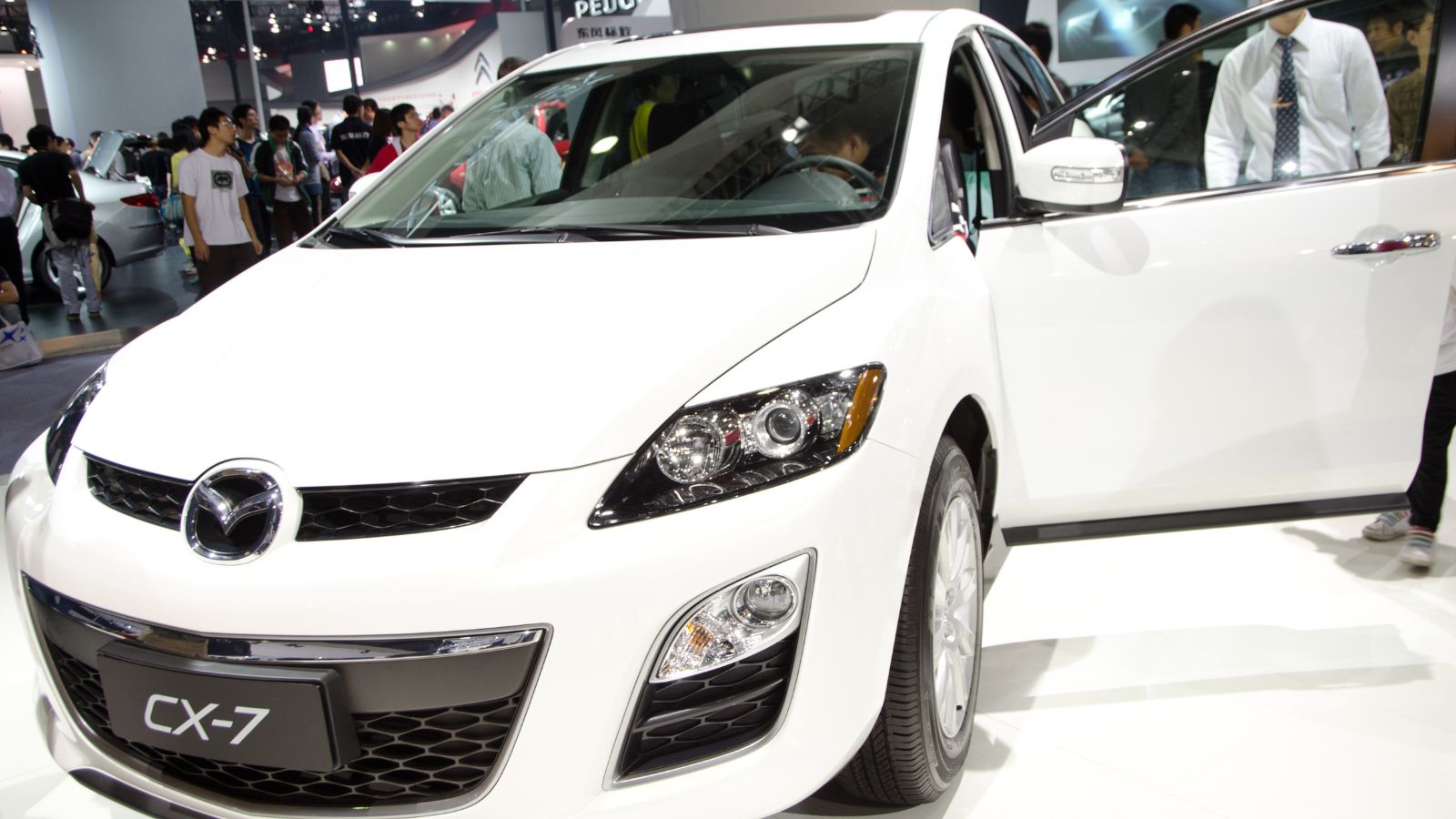
The Mazda CX-7 (2006–2012) is the kind of vehicle Canadian mechanics quietly side-eye, then loudly tell their kids, “You’re not driving that turboed ticking time bomb.” In snowy Canada, AWD should mean dependability, not frequent dealer visits. However, the CX-7’s AWD system could fail due to transfer case problems, making it a glorified front-wheel drive with attitude. Even Transport Canada issued multiple recalls, especially for suspension and steering.
Saturn Ion (2003–2007)
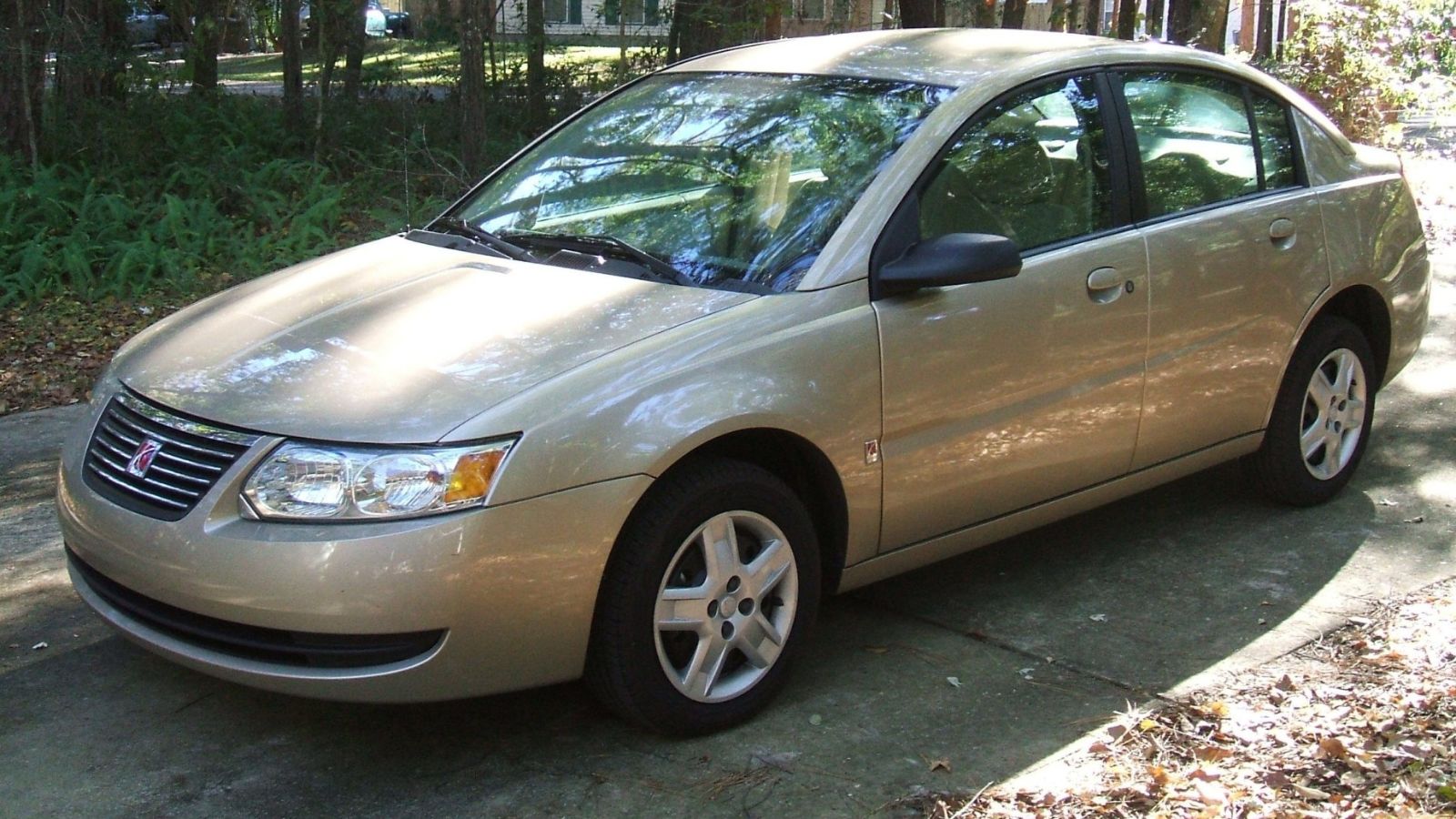
Known for ignition switch failures (part of a massive GM recall), cheap interiors, and noisy drivetrains, the Ion wasn’t long for this world. Its electric power steering had a nasty habit of just… quitting mid-turn, making even a Tim Hortons run a test of reflexes. The suspension aged worse than milk on a July dashboard, and the interior plastics felt like they were borrowed from a dollar store going out of business.
Volkswagen Routan (2009–2014)
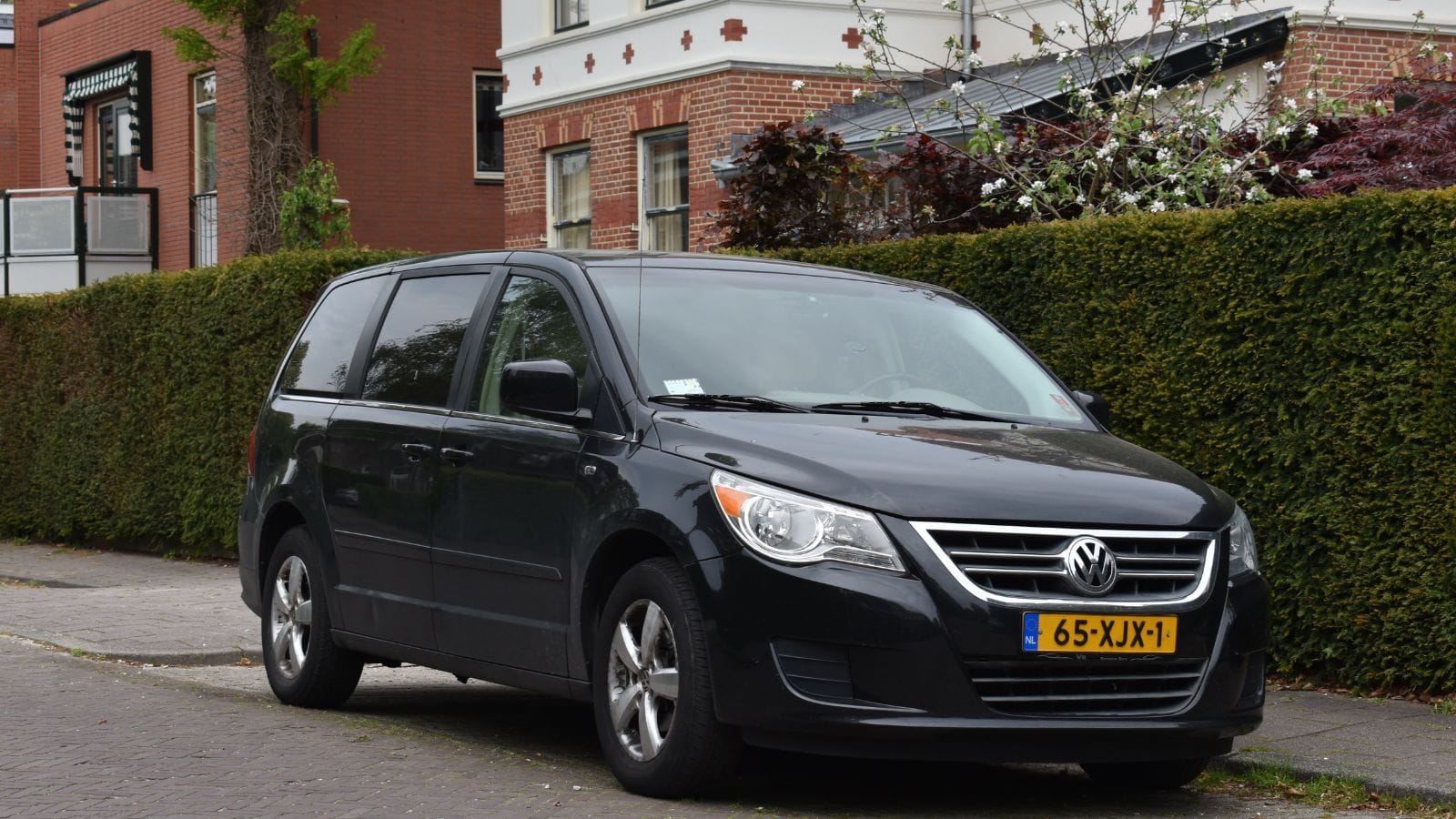
Ask a Canadian mechanic about the 2009–2014 Volkswagen Routan, and you’ll get a look like you just suggested maple syrup on a carburetor. Built on the Chrysler minivan platform (yes, the Town & Country one), the Routan tried to slap some Euro flair on a domestic doughnut. Underneath that VW badge? A Chrysler heart, quirks and all—dodgy transmissions, finicky electronics, and suspension parts that aged faster than poutine left out in July. Its resale value nosedives faster than a beaver on ice. Want a minivan? Get a Sienna.
Hyundai Accent (2000–2009)
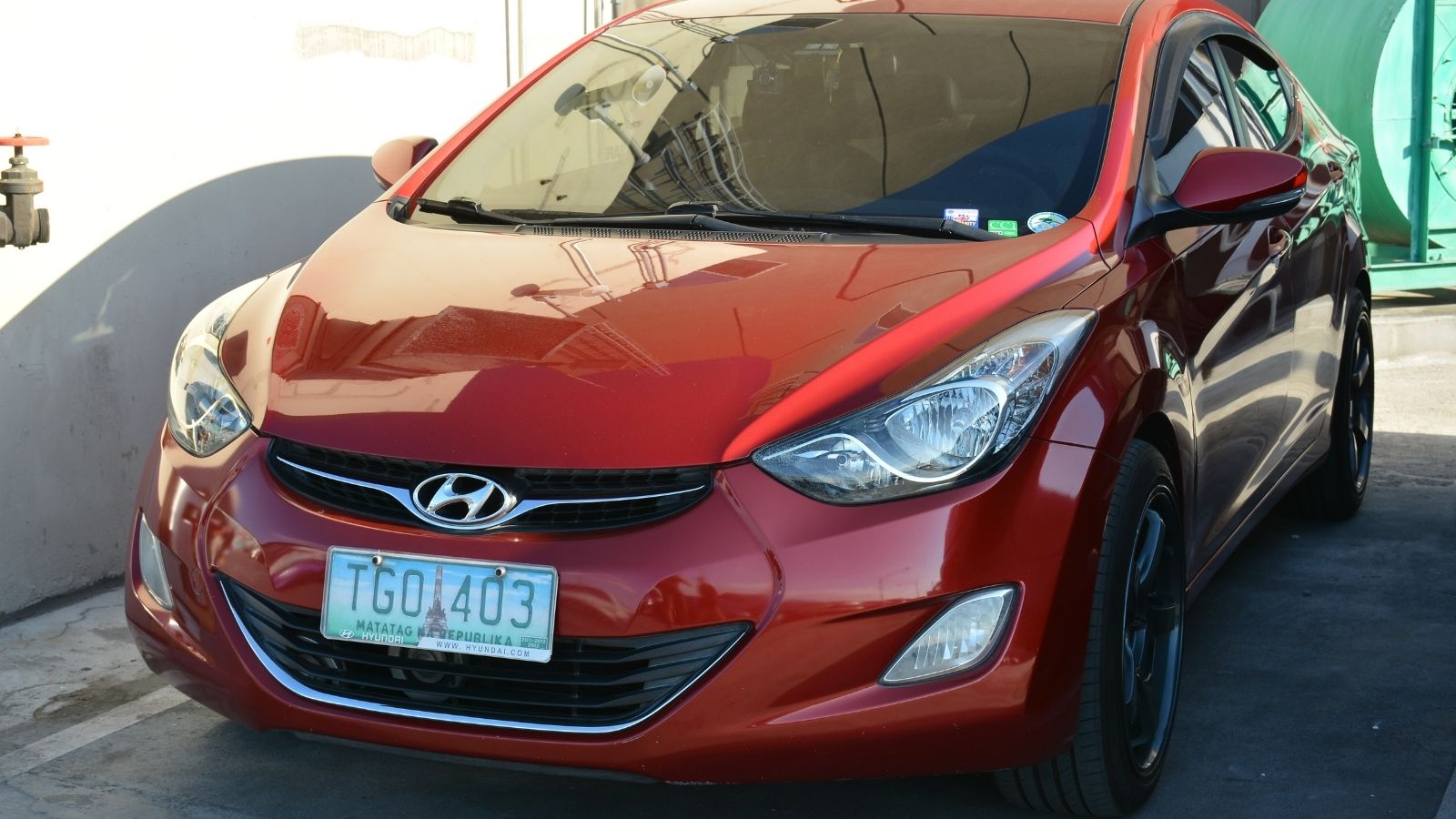
The Hyundai Accent (2000–2009) might’ve been budget-friendly, but Canadian mechanics often whispered, “Not even for my teenager with a learner’s permit.” Why? Because these Accents were rust magnets—salted Canadian roads turned them into perforated tin cans faster than you could say “undercoating.” Crash safety? Let’s say it wasn’t winning any medals from Transport Canada. And while the fuel economy was decent, the ride quality wasn’t.
22 Times Canadian Ingenuity Left the U.S. in the Dust

When people think of innovation, they often picture Silicon Valley. However, Canada has a history of innovation, too. Whether it’s redefining sports, revolutionizing medicine, or just showing America up at its own game, Canadian inventors, thinkers, and dreamers have had their fair share of mic-drop moments. Here are 22 times Canadian ingenuity left the U.S. in the dust.
22 Times Canadian Ingenuity Left the U.S. in the Dust
